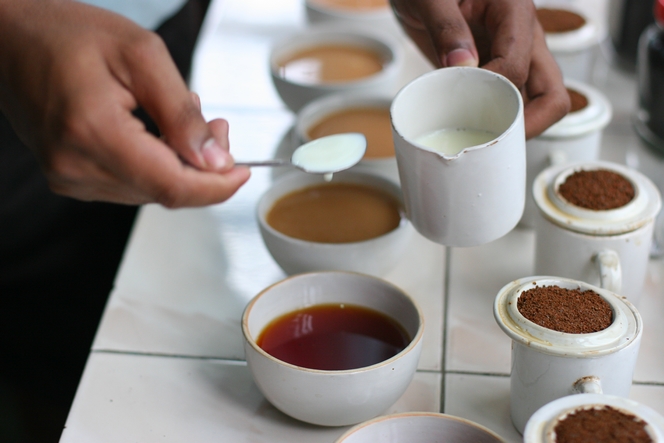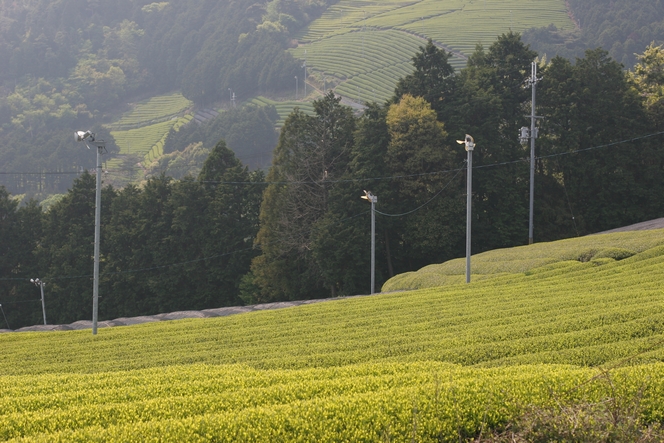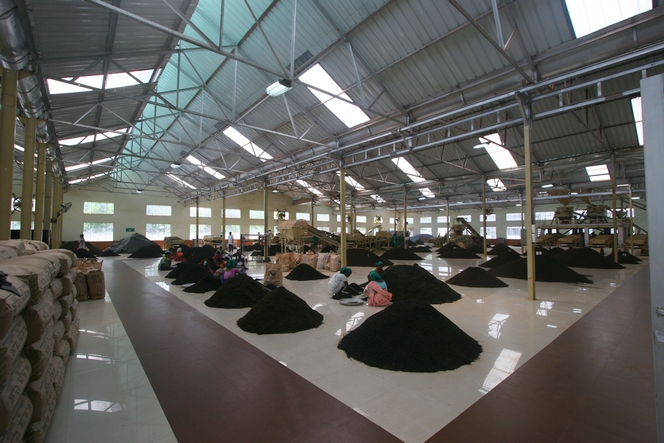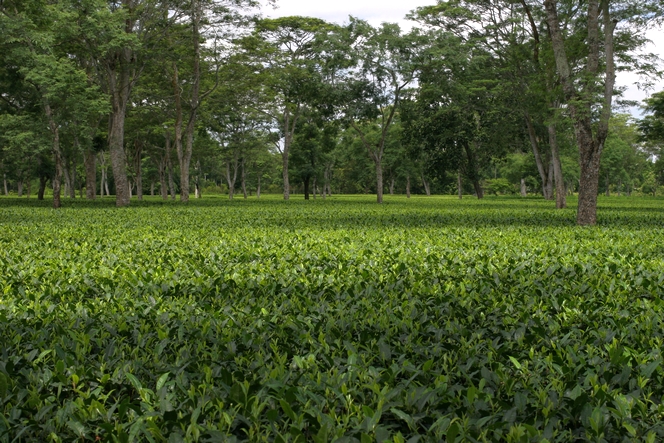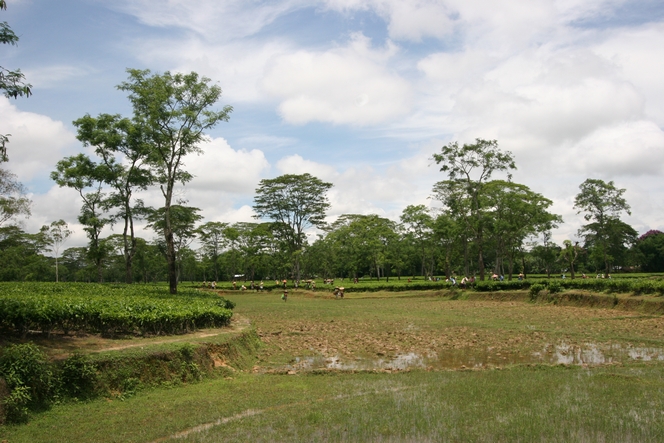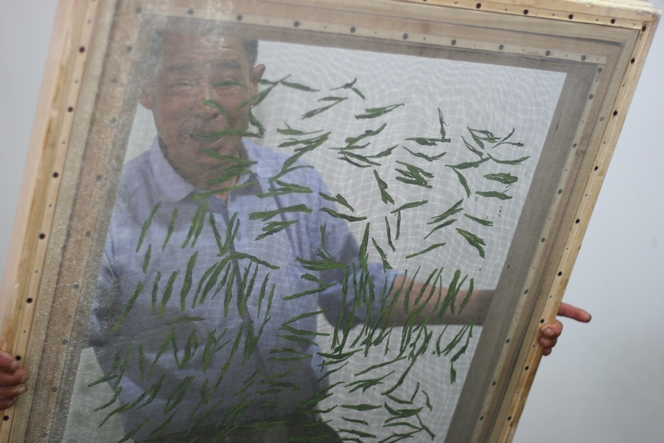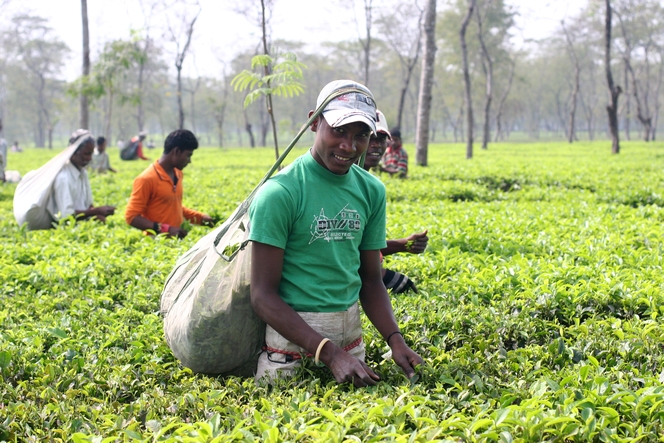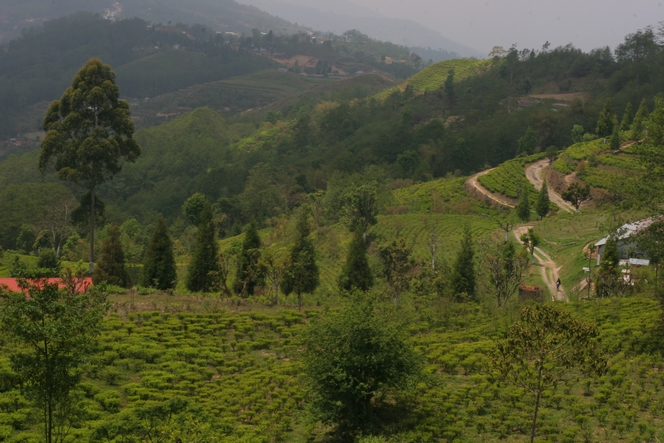At the Amgoorie Tea Estate, tea is tasted both with and without milk. This is because some of the tea produced by this plantation is particularly full-bodied, and is appreciated by British consumers. So by lightening each cup with a cloud of milk, we are tasting the tea in the same way as the customer.
While adding milk is sacrilege for the finest teas, it is natural for more powerful brews. The milk reduces the astringency and sensation of bitterness.

